Unveiling the Mysteries of Symbolism: A Comprehensive Review of “The Book of Symbols” by Taschen
As a therapist deeply fascinated by the power of symbolism and metaphor, I am always on the lookout for resources that explore the rich tapestry of meaning behind various images and archetypes. Recently, I had the pleasure of receiving a remarkable book as a birthday gift from my wife: “The Book of Symbols” by Taschen. This voluminous tome has quickly become a treasured addition to the waiting room of Taproot Therapy, where I practice. In this comprehensive review, I will delve into the book’s content, structure, and its immense value in unraveling the captivating world of symbols.
A Treasure Trove of Symbolic Knowledge
“The Book of Symbols” is an extensive compilation of symbols and their origins, serving as an invaluable resource for anyone engaged in analyzing and interpreting the intricate web of symbolism prevalent in the works of artists, writers, filmmakers, and painters. Moreover, it is an intriguing reference for exploring the meaning behind dream symbols and their potential connections to our daily experiences.
What sets this book apart from other publications on dream interpretation is its recognition of the fluidity and complexity of symbolism. Rather than rigidly assigning fixed meanings to symbols, “The Book of Symbols” embraces the dynamic interplay between personal and collective unconscious, cultural context, and individual experiences. It acknowledges that a symbol’s significance is not confined to a singular interpretation but can vary depending on the intermingling of past, present, and future events in our lives.
A Journey Through Symbolic Realms
“The Book of Symbols” is meticulously divided into several sections, each offering a unique perspective on symbolism. The first section explores the creation and cosmos, delving into thonic symbols and their profound significance. As readers progress through the book, they are taken on a captivating journey through the plant world, animal world, and human world, shedding light on the symbolism inherent in nature, animals, and human creations.
The final section of the book is particularly enchanting, as it ventures into the spirit world, where mythological and angelic figures take center stage. This section invites readers to embark on a profound exploration of the ethereal, uncovering the hidden meanings and archetypal patterns that reside within the realm of the divine.
Empowering Therapeutic Exploration
One of the greatest strengths of “The Book of Symbols” lies in its ability to present a myriad of images and ideas, provoking contemplation and serving as a catalyst for introspection. While it does not impose rigid meanings, it offers a rich tapestry of imagery to fuel thought processes when pondering a particular symbol or investigating the historical artistic interpretations surrounding an idea.
In my practice at Taproot Therapy, I often find myself drawing parallels between my clients’ experiences and mythological traditions. By discussing whether a symbol resembles a labyrinth or shares resemblances with a specific archetype, I can guide my clients towards a deeper understanding of their personal journeys. “The Book of Symbols” serves as an invaluable tool in this process, providing a wealth of inspiration and insight to aid in therapeutic exploration.
A Balanced Approach to Symbolism
While I greatly admire the works of Carl Jung and his contributions to the field of psychology, I understand that not everyone may immediately resonate with Jungian analysis. Therapy should be tailored to individual needs and preferences, and “The Book of Symbols” caters to a wide range of perspectives.
Some individuals are naturally inclined to explore their lives symbolically and creatively, perceiving their personal journey as an integral part of humanity’s collective path. For others, a more straightforward approach may be appropriate. “The Book of Symbols” offers a balanced approach, providing a wealth of inspiration and insight without imposing any particular analytical framework. It allows readers to engage with symbolism at their own pace and level of comfort.
Accessibility and Visual Appeal
One of the remarkable aspects of “The Book of Symbols” is its thoughtful presentation and accessibility. The symbols are accompanied by concise yet informative descriptions, making it a user-friendly resource for individuals from all walks of life. The book’s visually stunning layout, adorned with captivating images, invites readers to flip through its pages at their leisure, discovering intriguing symbols and their origins.
As a coffee table book, “The Book of Symbols” serves as a conversation starter and a source of inspiration. It encourages readers to engage with symbolism in a relaxed and enjoyable manner, fostering a sense of curiosity and wonder. The book’s aesthetic appeal adds to its overall allure, making it a cherished addition to any personal library or therapeutic practice.
A Timeless Resource for Self-Discovery
In conclusion, “The Book of Symbols” by Taschen has earned a special place in my heart and practice. Its expansive collection of symbols and thought-provoking exploration of their meanings offers a valuable resource for therapists and individuals interested in the intricate language of symbolism.
Whether you seek to unravel the mysteries of dreams, analyze the symbolism in artistic works, or simply engage in a captivating journey of self-discovery, this book has much to offer. It serves as a timeless companion, inviting readers to delve deeper into the realms of the unconscious and explore the profound connections between personal experiences and universal archetypes.
I highly recommend “The Book of Symbols” to anyone seeking a comprehensive and accessible guide to the world of symbols and metaphors. It is a must-have resource for therapists, artists, writers, and individuals passionate about understanding the hidden meanings that shape our lives and experiences.
If you found this review insightful and would like to explore the fascinating world of symbolism further, I invite you to visit my podcast, where I delve deeper into the therapeutic applications of symbols and metaphors. Together, let us embark on a transformative journey of self-discovery and uncover the profound wisdom that resides within the language of the soul.
How the Shadow Shows up in Dreams

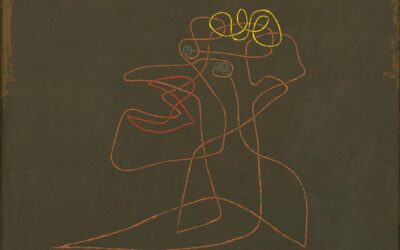
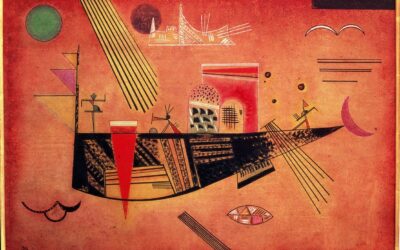
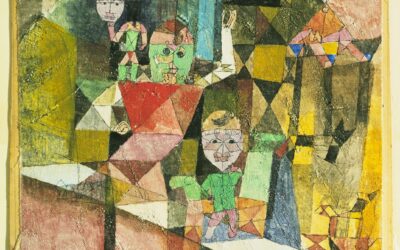
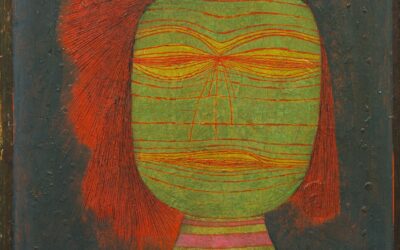
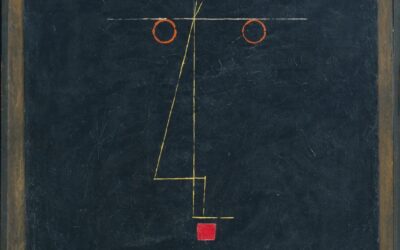
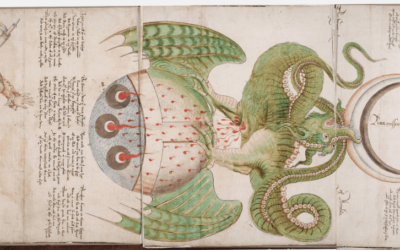
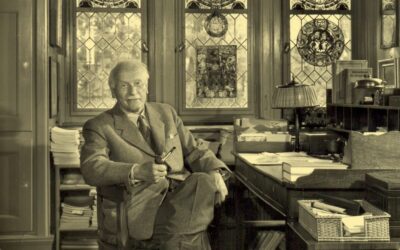

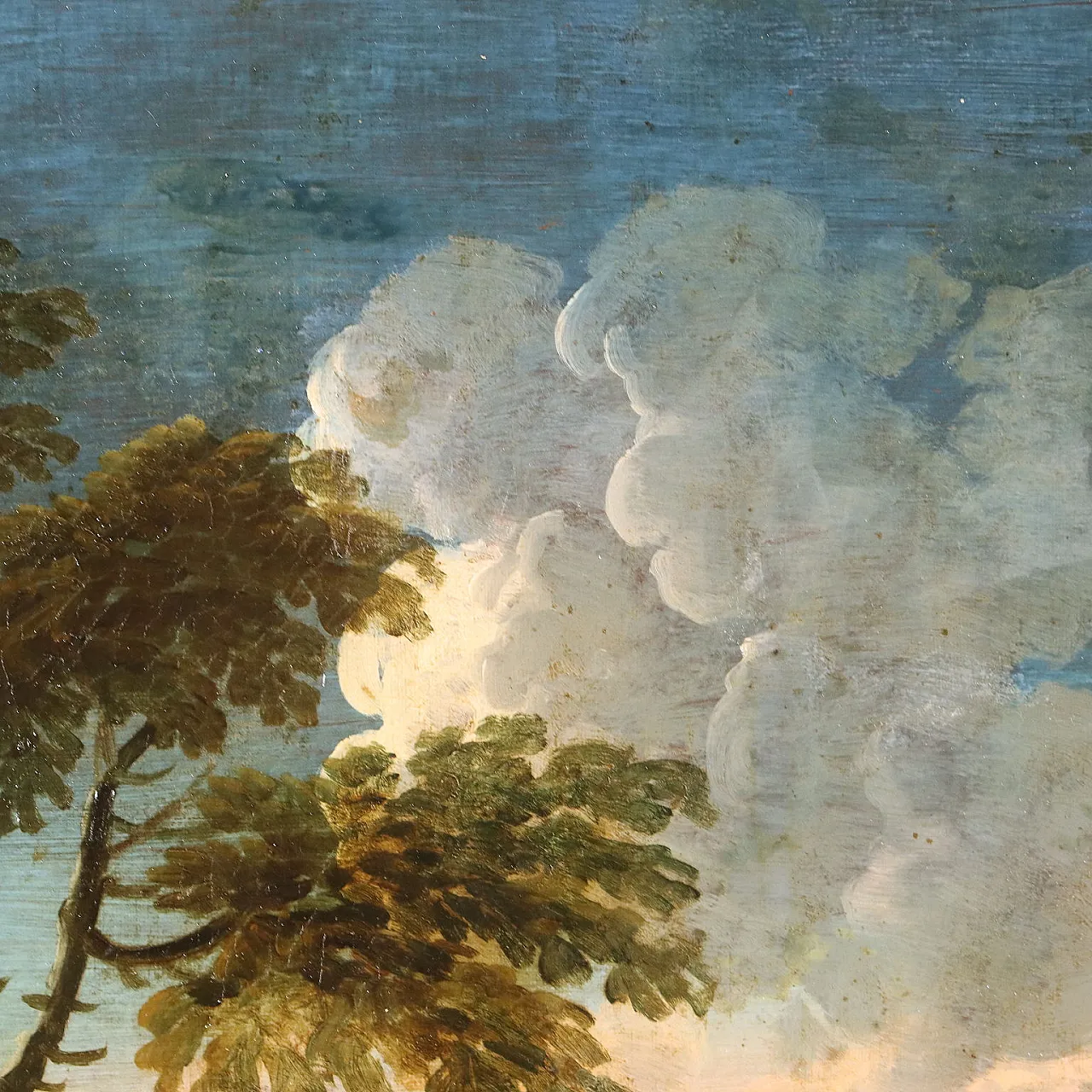
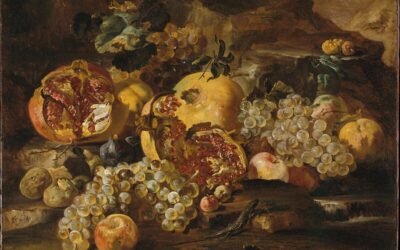

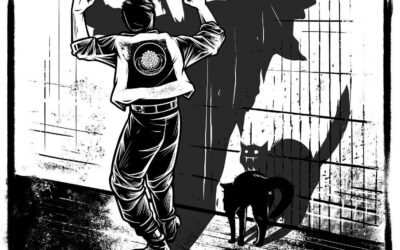



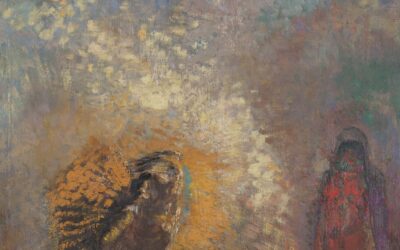

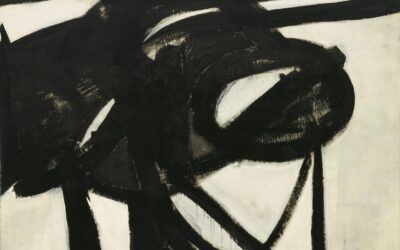
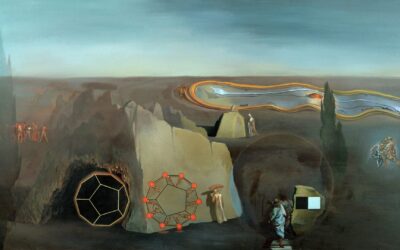

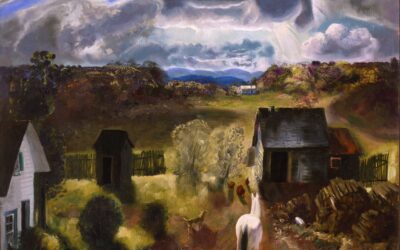
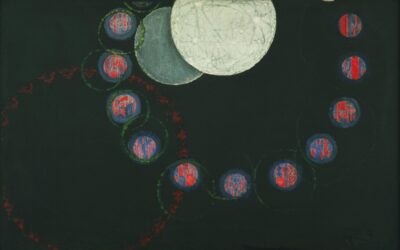

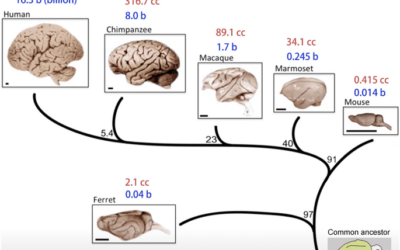
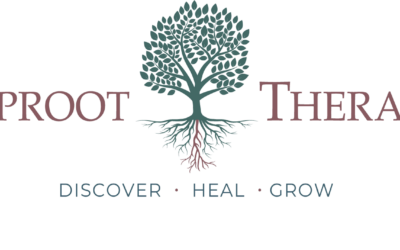
0 Comments